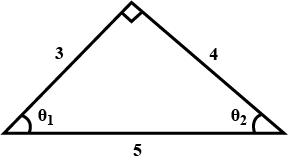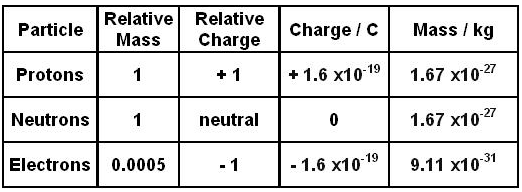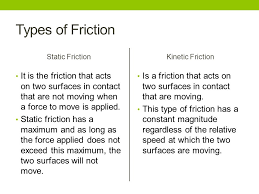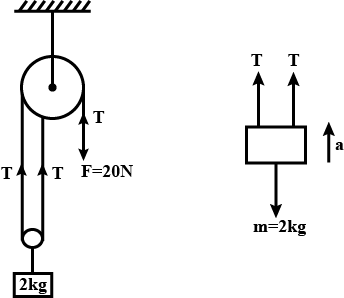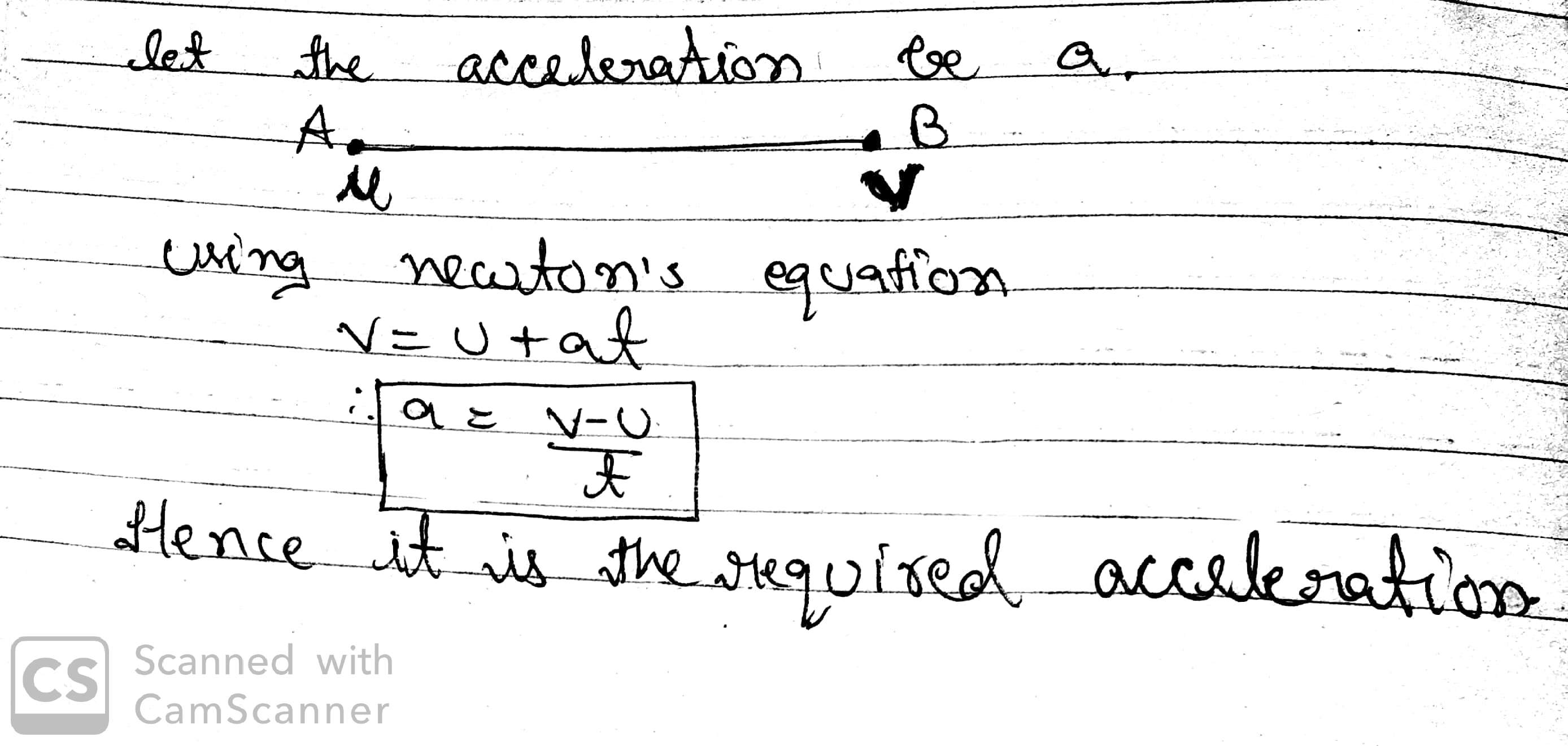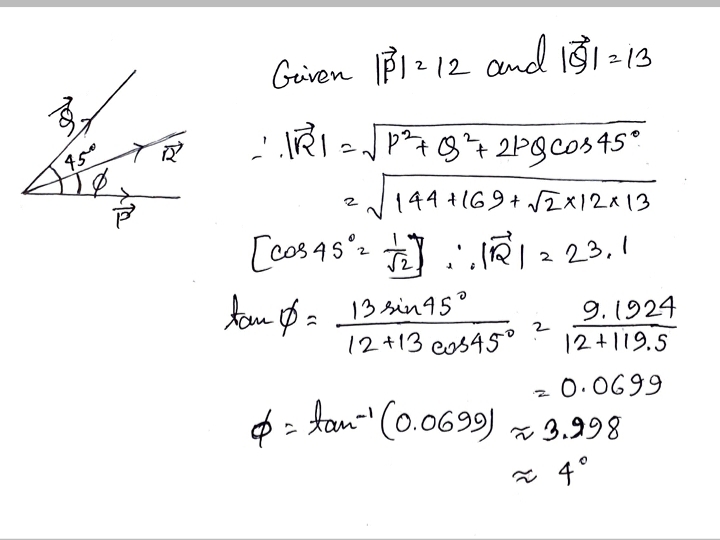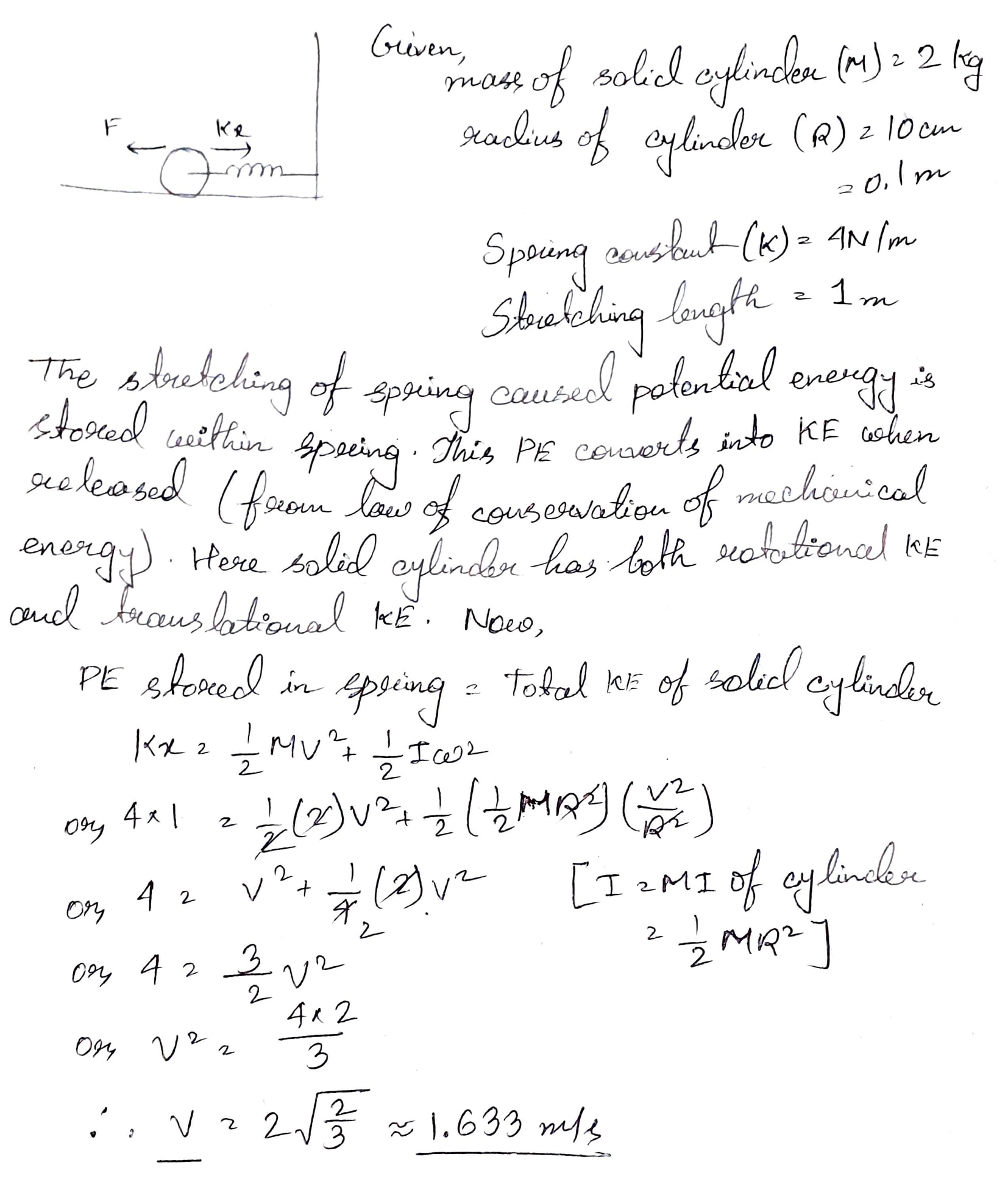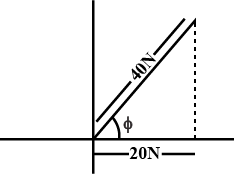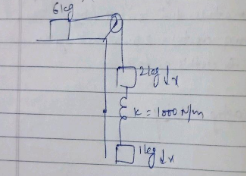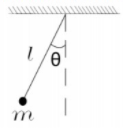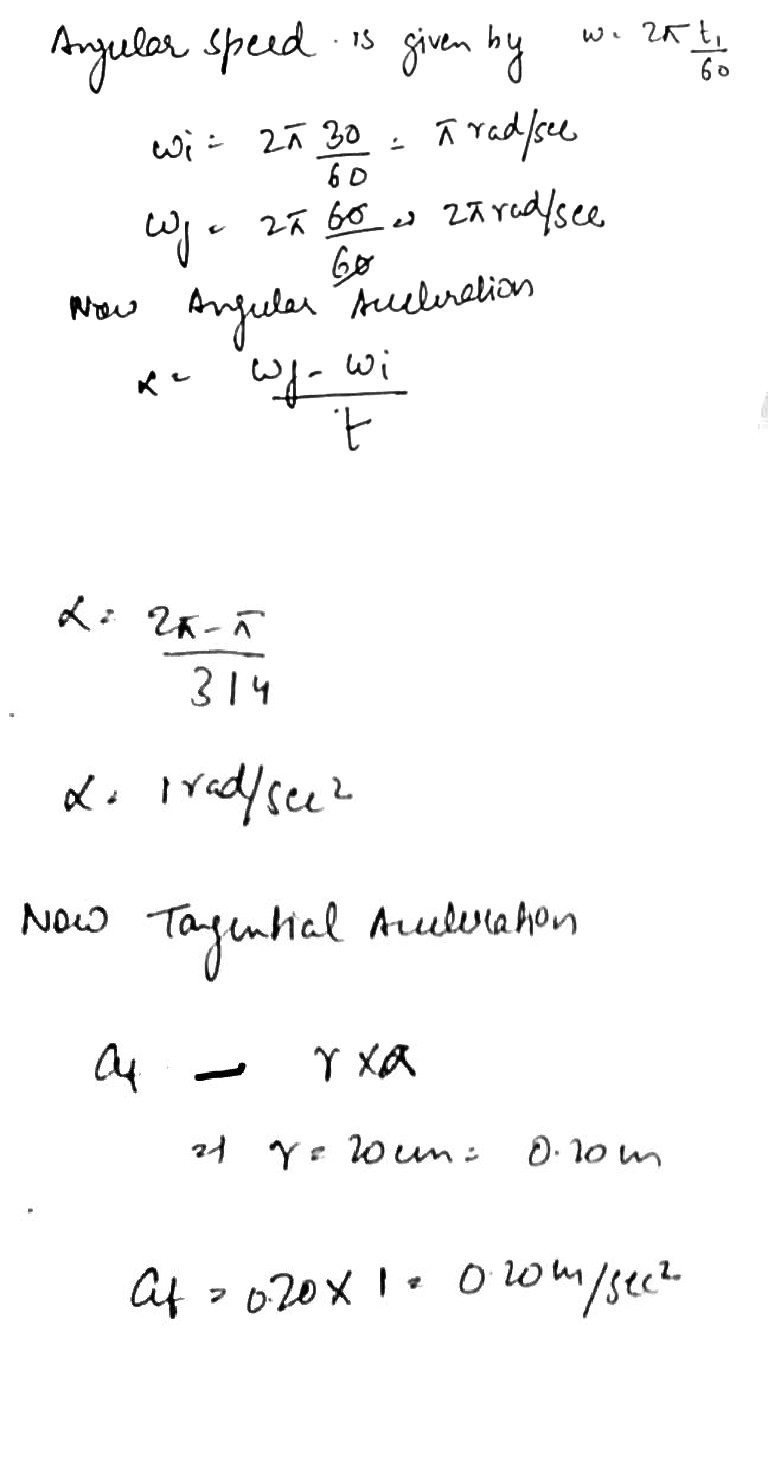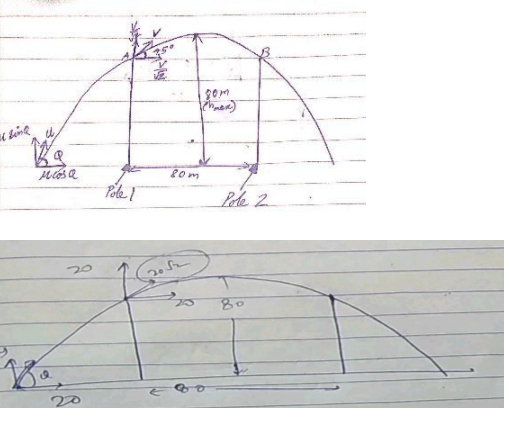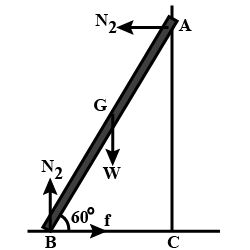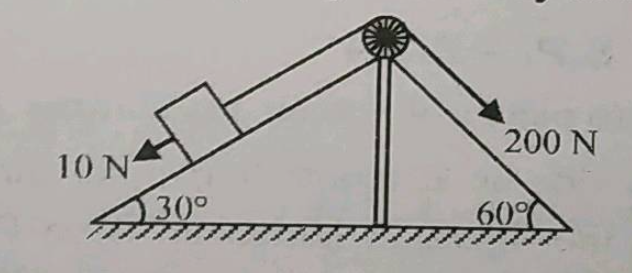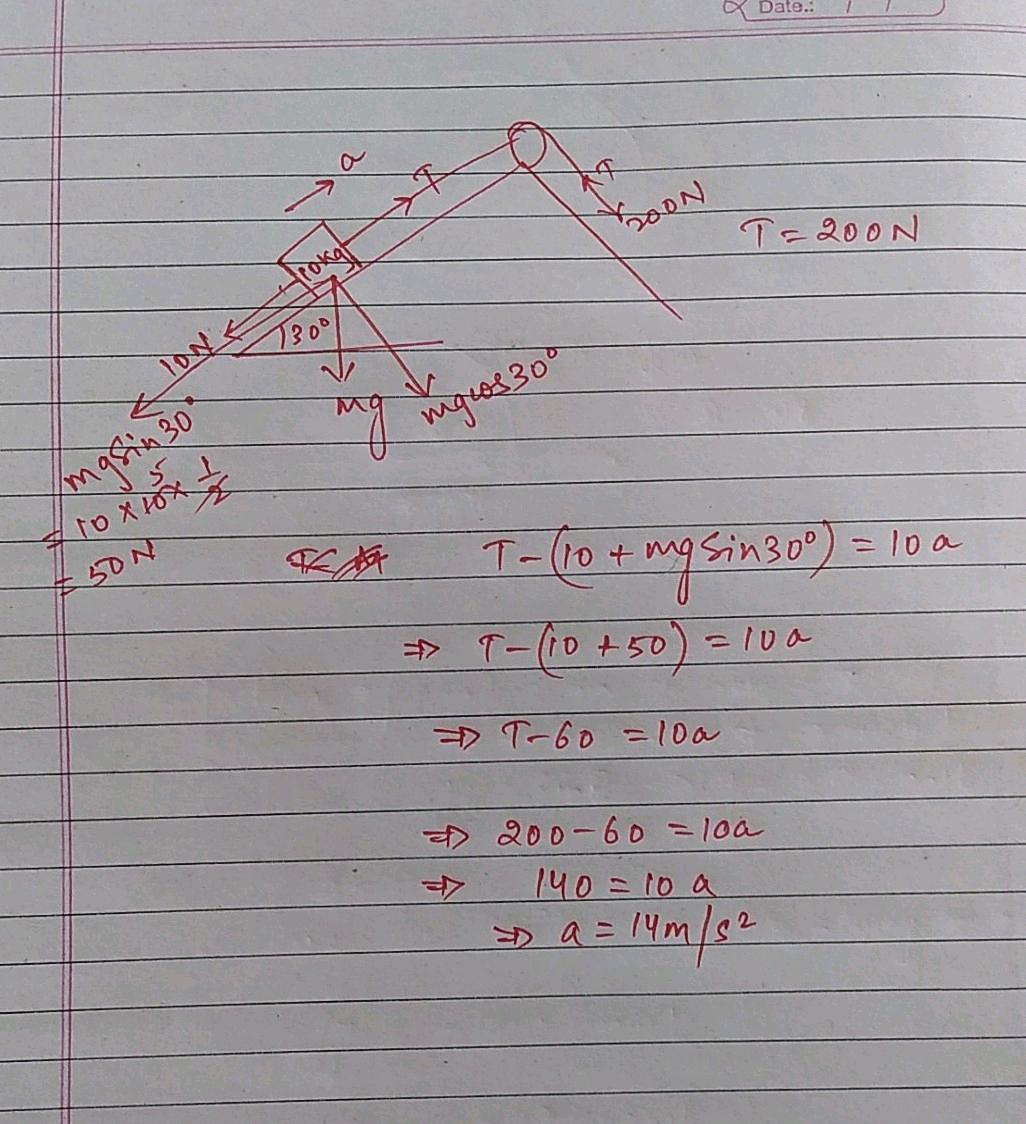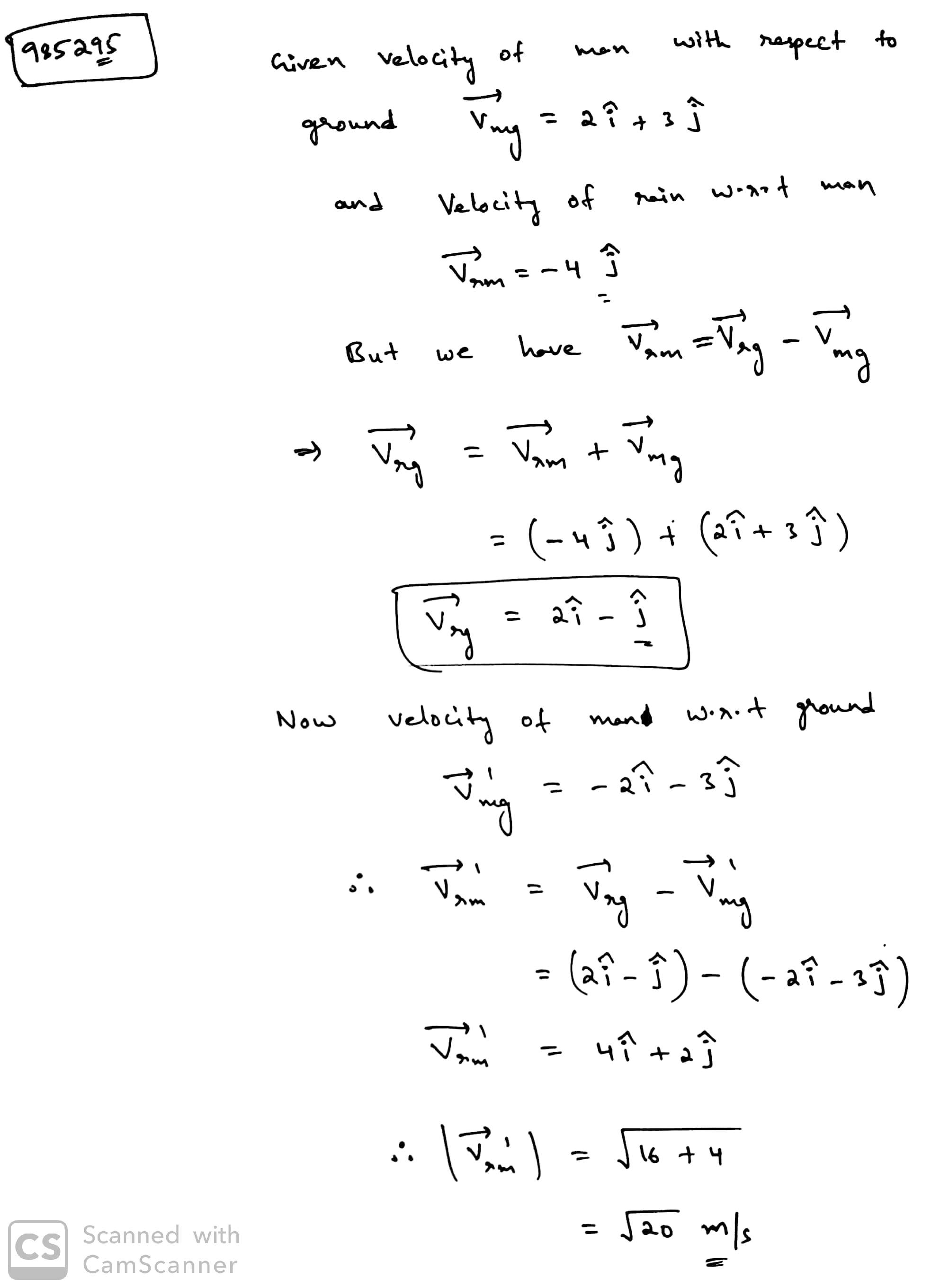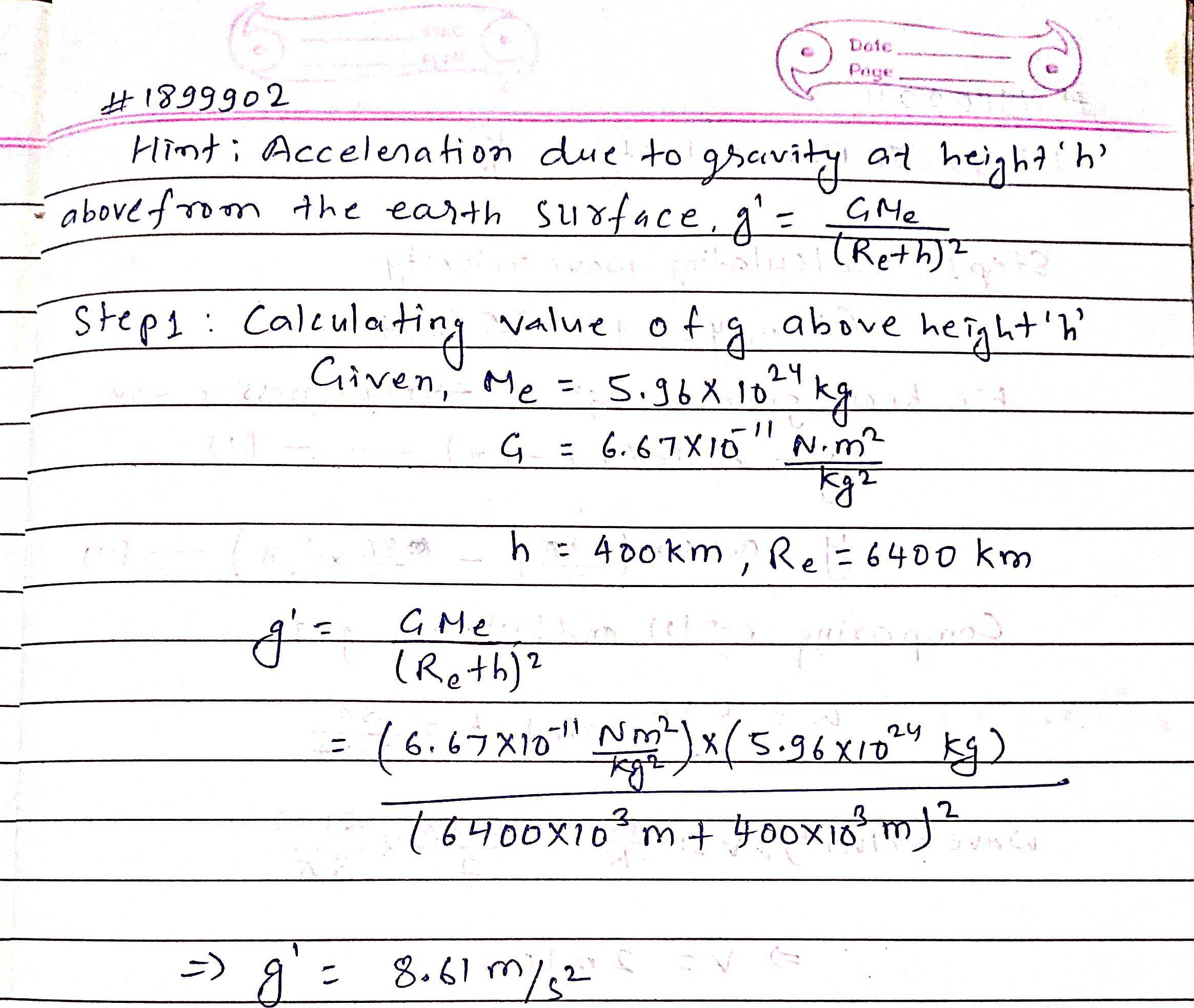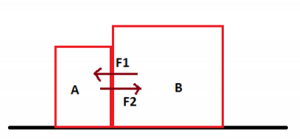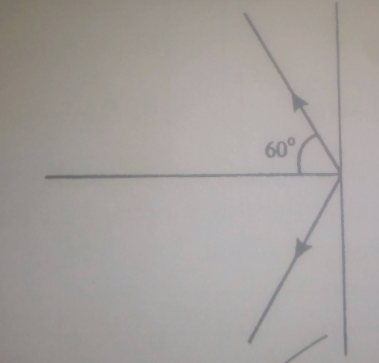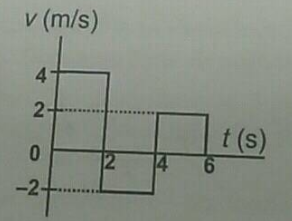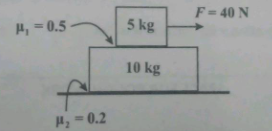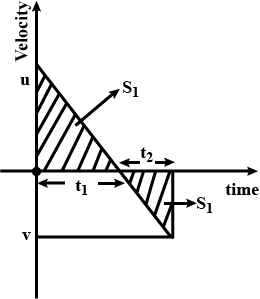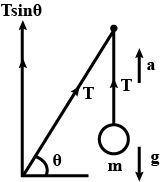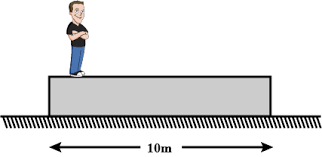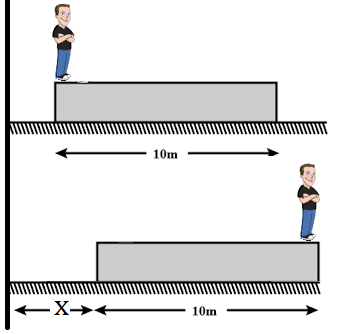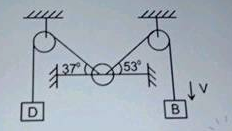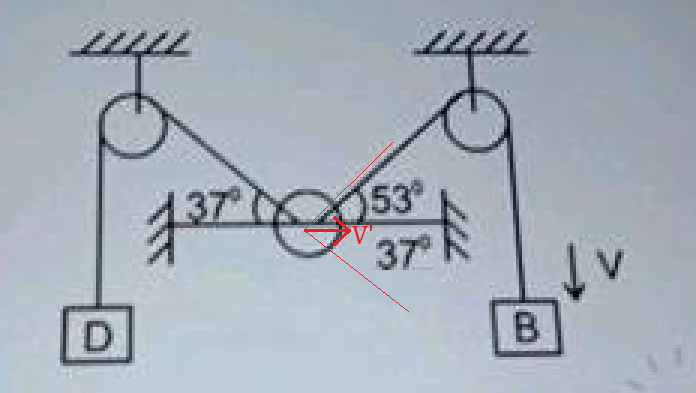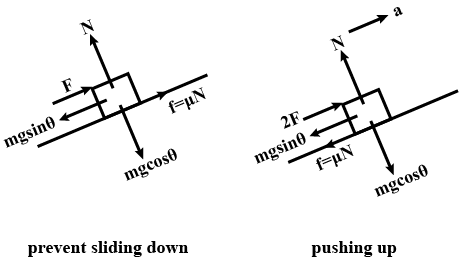Basic Science - Class 7 General Knowledge - Extra Questions
Consider the situation shown in figure. All the surfaces are frictionless and the string and the pulley are light. Find the magnitude of the acceleration of the two blocks.
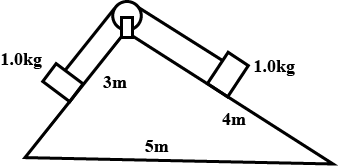
Force $$F$$ and density $$d$$ are related as $$F=\frac{\alpha}{\beta+\sqrt{d}}$$ then find the diamention of $$\alpha$$ and $$\beta$$
$$Mass M = 1$$ unit is divided into two parts $$X$$ and $$( 1 - x)$$. For a given separation the value of $$X$$ for which the gravitational force between them becomes maximum is
A cube of mass $$2\ kg$$ is held stationary against a rough wall by a force $$F = 40\ N$$ passing through centre $$C$$. Find perpendicular distance of normal reaction between wall and cube from point $$C$$. Side of the cube is $$20\ cm$$. Take $$g = 10\ m/s^{2}$$.
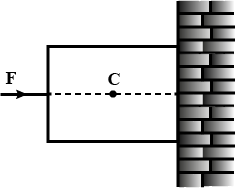
What is a force?
How does the mass of an electron compare to the mass of a proton?
How does one Coulomb of charge compare with the charge of a single electron?
How does static friction differ from kinetic friction?
How does the acceleration of an object depend on the net force acting on it if the total mass is constant?
How does the roughness of surfaces that are touching affect the friction between the surfaces?
A 50 cm long straight piece of thread is kept on the surface of water. Find the force with which the surface on one side of the thread pulls it. Surface tension of water $$-0.076 N/m $$.
Match column-I with cohimn-II and select the correct answer using the codes given below:
Why does a boatman push the bank with his pole to make the boat move?
Why does a train stop when you pull the chain?
Why does the gun kick back when a bullet is fired?
The acceleration of the $$2\ kg$$ block if the free end of string is pulled with a force of $$20\ N$$ as shown is
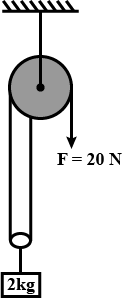
A block is shot with an initial velocity $$5 ms^{-1} $$ on a rough horizontal plane. Find the distance covered by the blocks toll it comes to rest. The coefficient of kinetic friction between the block and plane is $$0.1$$.
What is the acceleration of the body moving with uniform acceleration at the midpoint of two points on a straight line, where the speeds are $$u$$ and $$v$$ respectively?
A rod $$OA$$ of mass $$4\ kg$$ is held in horizontal position by a massless string $$AB$$ as shown in figure. Length of the rod is $$2\ m$$. Find
(a) tension in the string.
(b) net force exerted by hinge on the rod. $$(g = 10\ m/s^{2})$$.
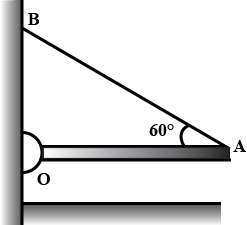
Two vectors having magnitude 12 and 13 are inclined at an angle $${45^0}$$ to each other. find their resultant vector.
A force of $$5N$$ acting on a body $$A$$ produces an acceleration of $$2m{s}^{-2}$$. The same force acting on the body $$B$$ produces an acceleration of $$5m{s}^{-2}$$. Find the mass of the bodies $$A$$ and $$B$$. What will be the acceleration produced if both the bodies are tied together and same force (ie $$5N$$) acts on it.
How does the Bohr's model of the atom differ from the quantum mechanical model?
How does oxygen has mass?
What is the mass number of an atom?
A thin uniform rod of length 1 m and mass 1 kg is roasting an axis passing through its centre and perpendicular to its length . Calculate the moment of inertia and radius of gyration of the rod about an axis passing through a point midway between the centre and its edge, perpendicular to its length .
A disc with linear velocity $$ v $$ and angular velocity $$ \omega $$ is placed on rough ground. Suppose $$ a $$ and $$ \alpha $$ be the magnitudes of linear and angular acceleration due to friction. Then:
| Column I | Column II |
| (A) When $$ v = R \omega $$ | (p) $$ a = R \alpha (a \neq 0) $$ |
| (B) When $$ v = \frac{R \omega}{2} $$ | (q) $$ a > R \alpha $$ |
| (C) When $$ v = 2 R |omega $$ | (r) $$ a > R \alpha $$ |
| (s) None |
